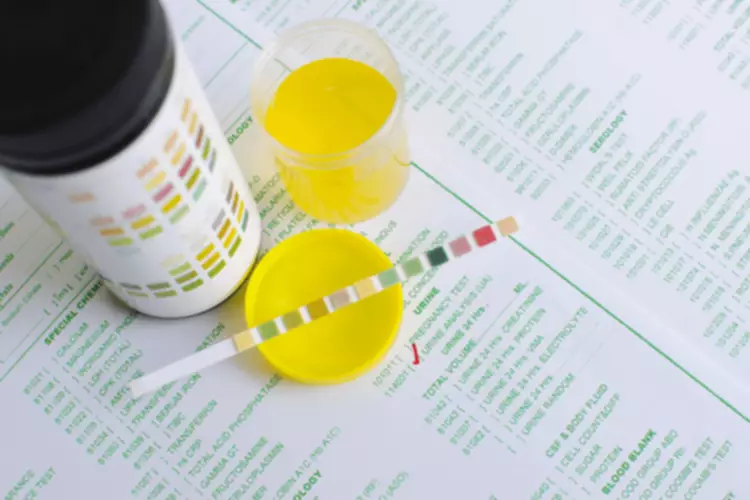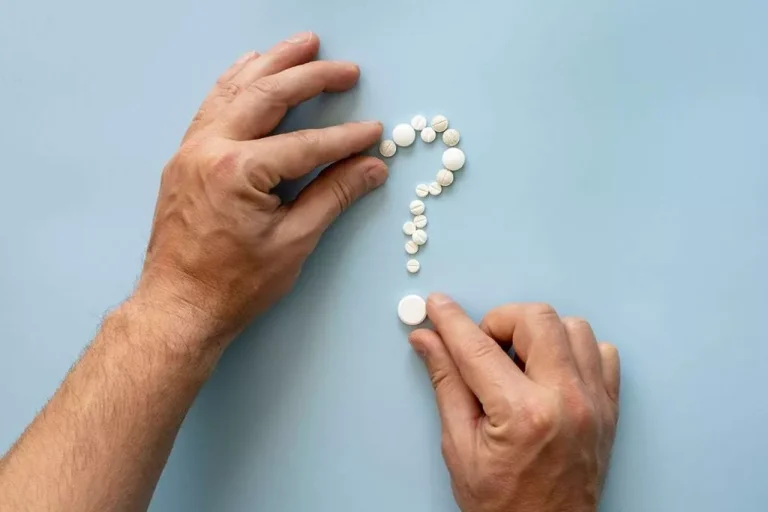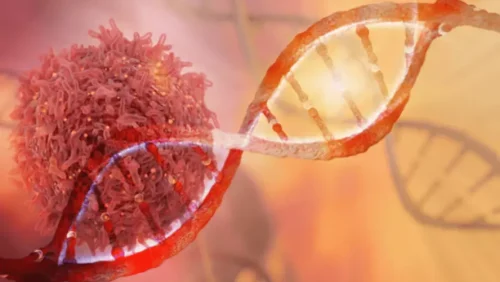
However, in this study, the behavioral tasks were performed after the resting-state scan; future work pairing event-related fMRI AB tasks with the P/T depletion procedure may provide additional insight into the dopamine response to alcohol or non-drug reward cues. P/T depletion reduced AB to both alcohol and non-drug, reward-conditioned cues in this study. This https://ecosoberhouse.com/ reduction is consistent with the one prior study that tested the effects of P/T depletion on smoking AB [34]. Animal studies demonstrate that mesolimbic dopamine projections from the VTA to the NAc play a critical role in both Pavlovian conditioning and expression of conditioned responses, which are often conceptualized as a preclinical model of AB [16, 17].
- Alcohol dependence, a chronic relapsing psychiatric disorder, is a major cause of mortality and morbidity.
- Patients with schizophrenia are also highly likely to suffer from alcohol abuse due to their tendency to devalue negative consequences and overvalue rewards [21].
- They can be as big and life-altering as losing your financial savings due to gambling, or as temporary as exercising too much and obtaining a minor injury from overusing parts of your body.
- They are involved in signaling processes and play a vital role in synaptic plasticity, or the synapse’s ability to get weaker or stronger over time.
PSA: If You Don’t Poop Daily, Your Skin Will Suffer—Here’s Exactly Why

Addiction is complex, and science is still uncovering why it affects some people more than others. Even though you can’t be directly addicted to dopamine, you can get addicted to any activity that releases it. In addition to the above, there are countless other dopamine-oriented activities that can lead to major problems and risky behaviors. They can be as big and life-altering as losing your financial savings due to gambling, or as temporary as exercising too much and obtaining a minor injury from overusing parts of your body.

Source data
We found that chronic alcohol self-administration resulted in several dopamine system adaptations. Most notably, dopamine release was altered in a sex- and region-dependent manner. Following long-term alcohol consumption, male macaques, regardless of abstinence status, had reduced dopamine release in putamen, while only male macaques in abstinence had reduced dopamine release in caudate. In contrast, female macaques had enhanced dopamine release in the caudate, but not putamen.
- KORs have also been shown to modulate the acute actions of alcohol [92], negative affect during withdrawal [93], and the sensitivity of this receptor is augmented after chronic alcohol use [73].
- Here we quantified AB toward alcohol and non-drug, reward-conditioned cues and their neural underpinnings after acute dopamine precursor depletion across a broad spectrum of alcohol users.
- In order to avoid getting too much of a good thing, it can be helpful to have boundaries.
- The involvement of the dopamine D1, D3, D4 and D5 receptors falls outside the scope of the present review but has previously been reviewed elsewhere [20].
- Alcohol initially causes the motivating chemical dopamine to be released by the brain’s reward system.
Participants in the individual case of off-label use study
Well validated tracers for other targets such as those in the serotonergic system do exist, but their use in alcohol dependent individuals is not well characterized. Studies using novel radioligands to assess other receptor targets and neurochemical systems including the endocannabinoid and glutamatergic systems is less advanced, but a few selective tracers do exist. alcohol and dopamine It must be acknowledged that PET/SPECT is somewhat limited as a technique because of its radioactivity meaning that young people and repeat scanning cannot be carried out. Nevertheless, PET/SPECT imaging is still the only way to directly image neurotransmitter receptors and neurotransmitter release (when sensitive tracers are available) in the living human brain.
Food-Related Disorders


Leave A Comment